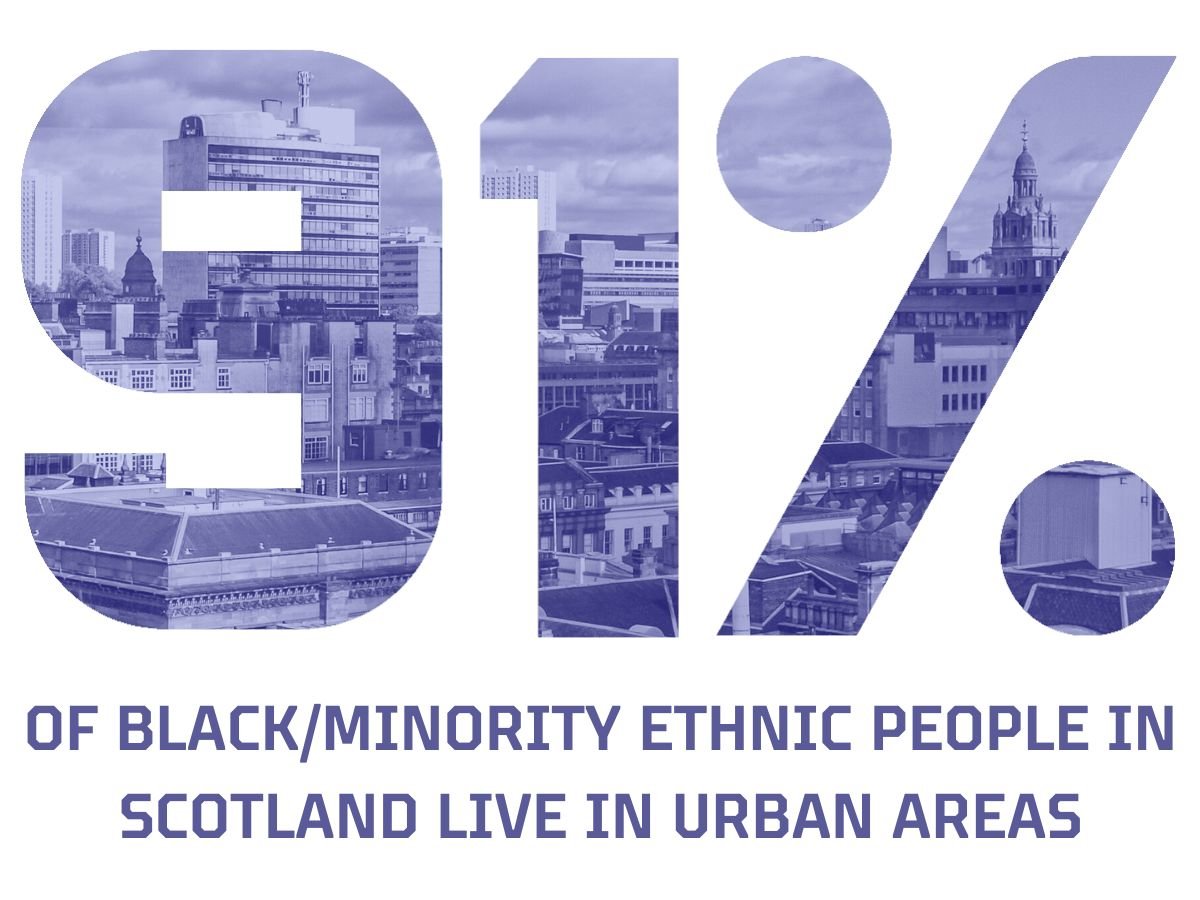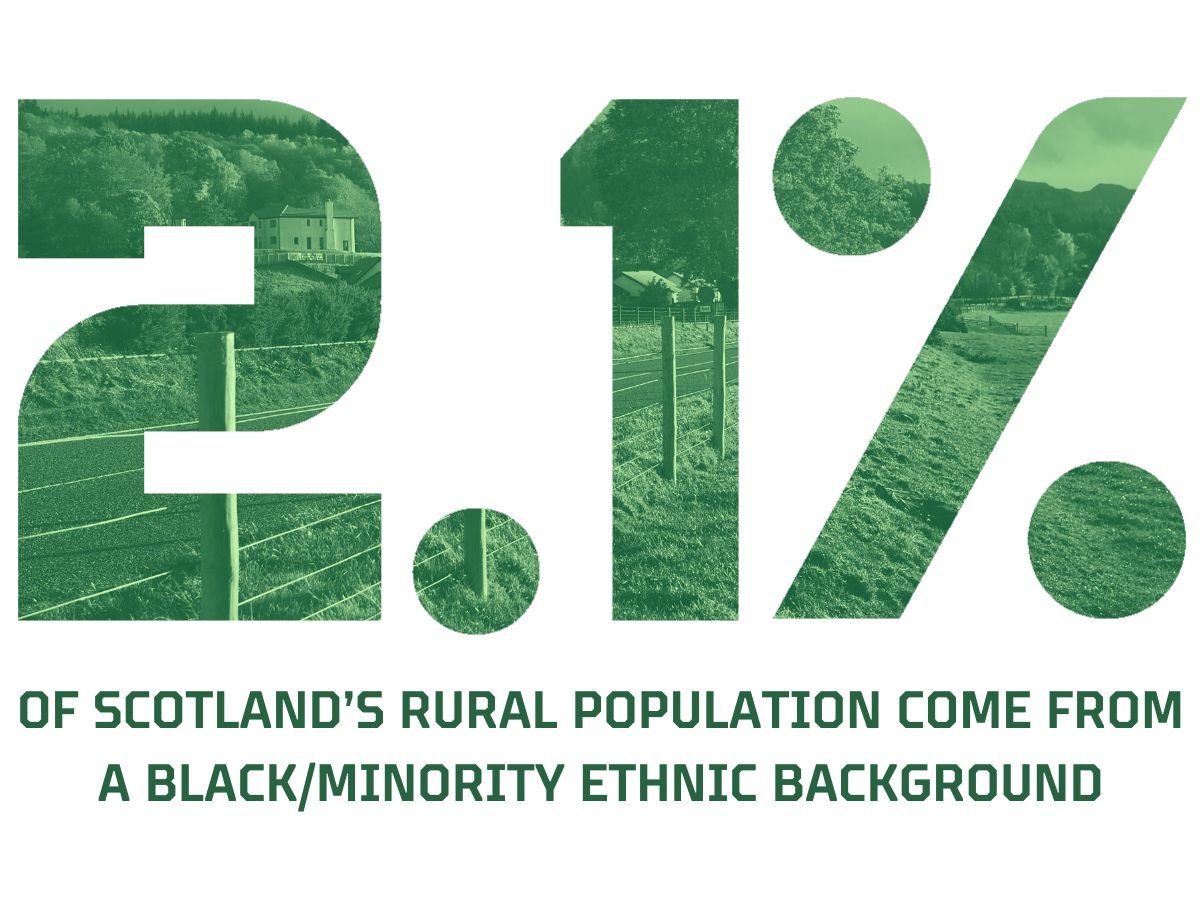Scotland’s Census 2022: What do the latest statistics tell us about minority ethnic groups in Scotland?
To mark the long-awaited release of Scotland’s Census results, CRER takes a deep dive into the latest ethnicity statistics to understand what the 2022 Census can tell us about Black and minority ethnic groups in Scotland.
In May 2024, we got our hands on Scotland’s long-awaited 2022 Census results, which – for the first time in ten years – provided a rich breakdown of who lives in Scotland and some of their characteristics.
This included a wealth of information about people’s religion, national identity, country of birth, spoken language(s) and ethnic group.
These statistics can help everyone – including policy-makers, charities and public services – make informed decisions about the communities they serve and represent.
With this in mind, the Coalition for Racial Equality and Rights (CRER) took a deep dive into the latest Census data to better understand the characteristics and distribution of Scotland’s Black/minority ethnic communities.
Scotland’s Population: An overview
According to the 2022 Census, 5,440,000 people lived in Scotland; of these, 388,000 came from Black/minority ethnic backgrounds.
This means that 7.1% of Scotland’s population come from a Black/minority ethnic background - an 84% increase since Scotland’s last census in 2011.
Asian groups were the largest minority ethnic group in Scotland, making up nearly 4% of the total population. This was followed by Black groups, who made up 1.2%, and those with mixed or multiple ethnicities, who formed 1.1% of the population.
White minority ethnic groups – such as those with white Irish, Polish or Gypsy/Traveller heritage – had also grown significantly since the last Census, with 5.8% of Scotland’s current population coming from a white minority background compared to 4.2% in 2011.
The characteristics of Scotland’s Black/minority ethnic population
The Census also collected information on people’s age and sex, revealing a clear generational divide in the diversity of Scotland’s population:
11.6% of those under the age of 18 come from a Black/minority ethnic background, compared to just 1.5% of those over the age of 65.
This divide was greatest among those with mixed or multiple ethnicities; 60% of which were under the age of 24.
This can be largely attributed to a significant (30%) increase in inter-racial partnerships in Scotland, which accounted for over 70% of households occupied by multiple ethnic groups.
Geography
Geography also played a significant role in the ethnic diversity of the population, with some regions – such as cities and the central belt – being much more diverse than the rest of Scotland.
For example, we found that 91% of Black/minority ethnic people in Scotland live in urban areas, such that 9% of the urban population came from a BME background.

Rural Scotland tended to be much less ethnically diverse, with just 2.1% of the rural population coming from a BME background and 3.6% from a white minority background.
In fact, the five least diverse constituencies in Scotland were all in predominantly rural areas.

Glasgow was the most ethnically diverse place in Scotland, with one in five Glaswegians coming from a Black/minority ethnic background. This marked a 75% increase since 2011 - a rise partly explained by Glasgow’s booming young population, with 32.6% of Glasgow’s under-18s coming from a BME background.
Edinburgh, Aberdeen and Dundee also had high levels of ethnic diversity, with 15.2%, 13.4% and 10.1% of their populations coming from a BME background, respectively.
Why are population statistics important?
The 2022 Census provides us with the most robust, up-to-date statistics for who lives in Scotland and where.
This helps the government and other policy-makers make important decisions about the public they serve, and can provide an incredibly useful suite of statistics for researchers, third-sector organisations and anyone else wanting to know more about Scotland’s population.
For CRER, these population statistics help us measure race equality across a wide range of settings and monitor progress towards government targets.
For example, the Scottish Government’s Race Equality Framework 2016-2030 made a commitment to ensuring that the government’s workforce is representative of Scotland’s communities by 2025, based on 2011 Census figures (4% BME).
But today’s numbers show that we’re far from achieving this vision, with just 3% of Scottish Government’s core department workforce coming from a Black/minority ethnic background, despite BME people now making up 7.7% of the working-age population.
Similar targets are in place for education and police services in Scotland, yet BME groups continue to be under-represented in these workforces. The latest figures show that just 1.8% of teachers come from a BME background and 1.6% of police officers.
Figures like these can help employers monitor their workforce and recruitment figures compared to the wider demographics of Scotland, helping them identify issues and inequalities regarding the representation of particular groups.
This type of analysis can serve as a vital tool in identifying and measuring structural racism, which can result in those from adversely racialised backgrounds, such as BME people, having poorer outcomes in employment, health and the justice sector.
What’s next for Scotland’s Census?
The data presented in this blog is primarily drawn from the first release of Census ‘topic data’, which covered ethnic groups, national identity, language and religion.
Over the summer, the Scotland Census team will publish a wider suite of statistics relating to topics such as migration, housing, education and health.
By Winter 2024-25, we expect to have our hands on complex, multi-variate Census outputs that will allow us to explore the intersection of ethnicity with the full range of Census topics, aiding our understanding of structural inequality in Scotland.
You can find the full list of topics and the official release timeline on the Scotland’s Census website: Census outputs schedule | Scotland's Census (scotlandscensus.gov.uk).
In closing:
The long-awaited release of the 2022 Census marks an exciting time for CRER and a wide range of stakeholders across the public and voluntary sectors who want to better understand Scotland’s diverse communities and the issues affecting them.
Once the full suite of Census data is released, we’ll be able to improve our understandings of how minority ethnic people’s lives differ from those from white Scottish/British backgrounds across a wide range of settings, including employment, housing, education and more.
We hope that the information we’ve presented here can provide a useful baseline for anyone designing or delivering public services, as well as those delivering targeted services to particular communities or geographies in Scotland.
To stay updated with what the 2022 Census and other official statistics can tell us about minority ethnic groups in Scotland, sign up to CRER’s mailing list or consider following us on social media.
Data: Scotland’s Census 2022
Featured image credits: Andrew Milligan with PA Images

